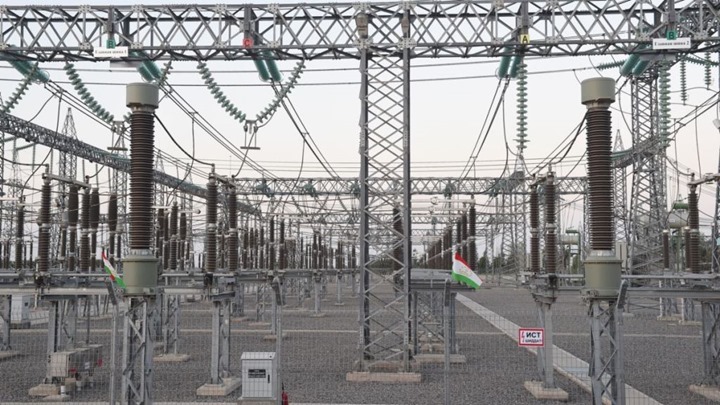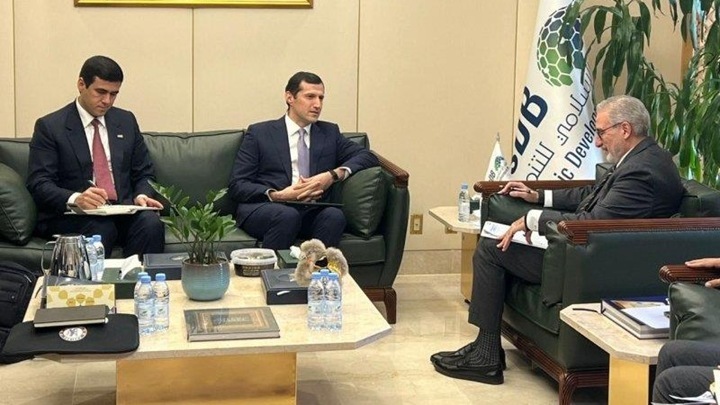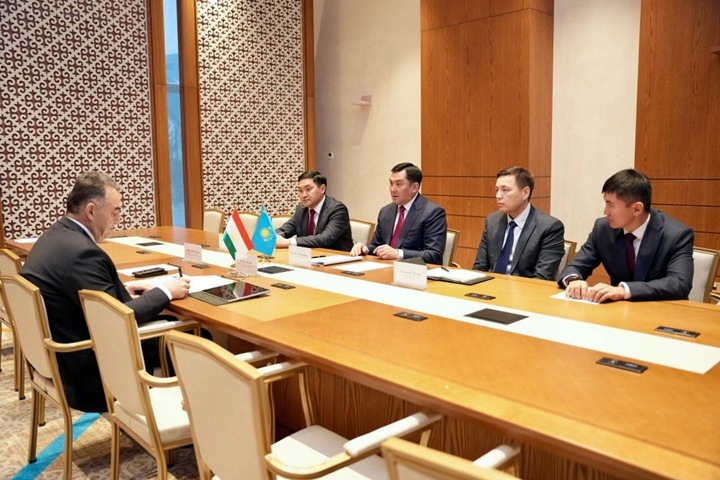Typically, rationing in rural areas begins in late October, but this year the state power company announced the start of restrictions on electricity in late September.

Winter has come early in Tajikistan, with the national power company, Barqi Tojik, notifying customers on September 21 that seasonal rationing of electricity would begin the following day “where necessary” – a month earlier than usual.
Tajik media outlet Asia-Plus reported that although Barqi Tojik did not specify what was meant by “where necessary,” rural populations had been receiving electricity for 8-10 hours per day, split into two periods in the morning and evening, since September 21.
The Barqi Tojik statement noted that a seasonal electricity shortage of more than 1 billion kilowatt-hours is anticipated, based on low water levels in the Vakhsh River. “Year after year, the increase in the demand of the population and social and economic sectors of the country causes a seasonal shortage of electricity,” the statement said.
Barqi Tojik urged the Tajik people to prepare for winter and “use electricity sparingly in the autumn and winter season.”
Energy is a critical topic for Dushanbe, and a long-time bane. Unlike Kazakhstan and Turkmenistan (and to a lesser degree Uzbekistan), Tajikistan does not have significant gas or oil reserves.
A 2013 World Bank report on “Tajikistan’s Winter Energy Crisis” might as well have been written last year:
Tajikistan’s electricity system is in a state of crisis. Approximately 70 percent of the Tajik people suffer from extensive shortages of electricity during the winter… The winter electricity shortages are caused by a combination of low hydropower output during winter when river flows are low and high demand driven by heating needs.
The study, notably, did not include the Rogun hydropower project given that “such large and complex hydropower projects, even if they are deemed technically and economically feasible, are subject to long periods of preparation and delays…” Indeed, when construction on Rogun finally began in 2016, it was nearly 40 years after the project had first been launched. In 2018, operations began at Rogun, with 75 of its intended 335 meters built and a single turbine switched on. As of 2024, only two turbines are operational, with a third anticipated to be commissioned in 2025 and all six by 2029.
The Tajik government has poured billions into the Rogun project, but its potential to aid in addressing winter energy shortages is limited. The 2013 World Bank reported noted that hydropower systems have diminished capacity during the winter “due to low river flows.” With climate change exacerbating the highs and the lows, this will continue to be a concern.
The resurrection of energy interdependence in Central Asia, made possibly by Tajikistan’s stated aim to reconnect with the Central Asian Integrated Power System (IPS or CAPS), may alleviate the situation if the diplomacy can get the flows right. The region’s power grids were set up during the Soviet era so that hydropower-rich Tajikistan and Kyrgyzstan could provide electricity to gas- and oil-rich Kazakhstan, Turkmenistan, and Uzbekistan, which in turn could help power the mountainous regions during winter water lows. With independence after 1991, the system started to break down as each country pursued the dream of self-sufficiency.
Tajikistan has stated that it will rejoin the unified grid in May 2025, but cautious optimism is warranted. In 2018 the Asian Development Bank approved a $35 million grant to help Tajikistan reconnect to the Central Asian grid by 2022; it’s not clear what happened to that project, but Dushanbe was not plugged back in by 2022.
Tajik officials often urge citizens to be mindful of their electricity usage. For example, as reported by Asia-Plus, Barki Tojik press secretary Nozir Yodgori claimed that “the most correct way that can reduce the seasonal shortage of electricity is careful, economical consumption of electricity by the population.”
However, TALCO – the Tajik Aluminum Company – is the country’s largest industrial enterprise and correspondingly its largest electricity consumer, using an estimated 25 to 40 percent of the country’s electricity. A March 2024, United Nations Economic Commission for Europe (UNECE) energy policy brief regarding Tajikistan noted, “An audit revealed a potential energy saving of over 20% [at TALCO], but subsidized tariffs have discouraged investment in energy efficiency.” That audit was conducted in 2012 – it’s not clear that any such efficiency improvements or subsidy adjustments have been made.
As both the audit and the World Bank reported cite above suggest, there is a need for updated reviews of Tajikistan’s energy system and policies. It’s clear from the worsening conditions that whatever has been done isn’t enough.






Leave a Reply